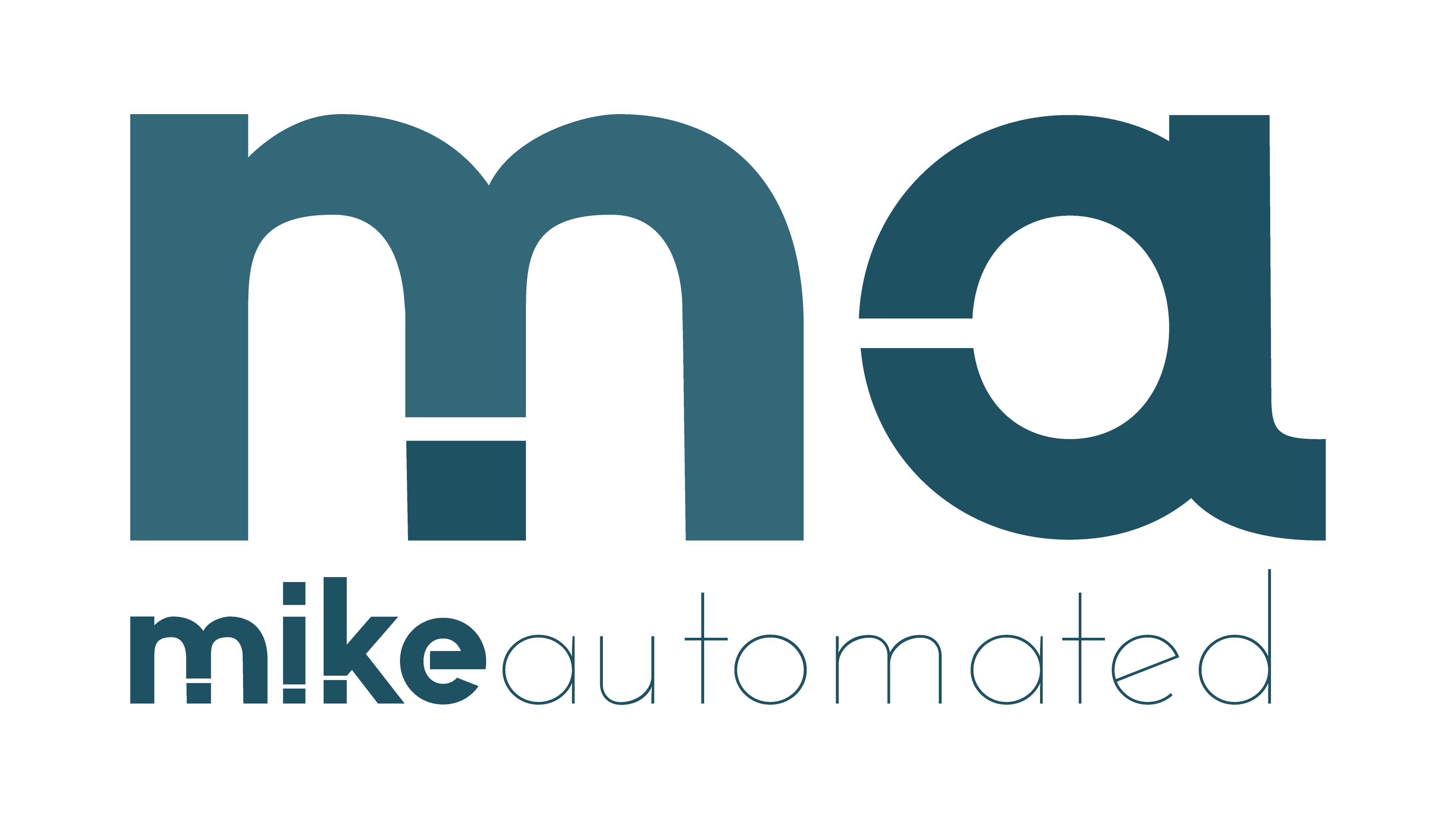The Cost of Doing Nothing With AI: Unleashing Hidden Profit Potential
In today’s fast-changing business landscape, artificial intelligence (AI) has moved from a futuristic concept to a boardroom imperative. Many decision makers, however, continue to delay AI adoption, weighed down by complexity and uncertainty. If you’re questioning, ‘What happens if I delay AI adoption?’ you’re not alone. This article unpacks the hidden costs of inaction and provides actionable insights to transform confusion into strategy and clarity.
The Shifting Business Landscape
The business environment is rapidly evolving with emerging technologies, and AI is leading this transformation. The cost of waiting is not just financial—it’s a missed opportunity to streamline operations, satisfy customer expectations, and stay ahead of competitors who are leveraging AI to disrupt conventional models. Simply put, delaying AI integration can leave businesses stuck with outdated practices and higher operational costs.
Understanding the True Cost of Inaction
When businesses choose to postpone AI adoption, they inadvertently introduce several risks into their operations:
- Competitive Disadvantage: Competitors who embrace AI are automating tasks, optimizing processes, and making smarter data-driven decisions. They translate this advantage into market share growth, improved customer experience, and operational efficiency. The cost of inaction might be measured in lost market opportunities.
- Efficiency and Productivity Deficits: AI allows organizations to automate routine tasks, optimize supply chains, and enhance decision-making. Without it, repetitive manual processes continue to erode productivity and inflate hidden costs. In other words, inaction can be more expensive than investing in AI-driven solutions.
- Customer Dissatisfaction: In a digital age, customers expect swift service, personalized interactions, and predictive problem solving. Businesses that delay AI risk being seen as outdated, leading to customer attrition and weakened brand loyalty.
- Increased Operational Risks: With rapidly changing market conditions, reliance on outdated operational models can expose your business to unforeseen risks. AI not only helps in predicting disruptions but also provides avenues for proactive risk management.
Real-World Examples of AI Transformation
Consider the retail industry. Some companies have integrated AI to analyze customer purchase patterns and optimize inventory management. As a result, they’ve slashed storage costs and reduced waste. In contrast, businesses that clung to traditional methods ended up with inventory surpluses and missed out on revenue opportunities.
Another stark example is in logistics. AI-driven predictive analytics streamline route planning, reducing fuel consumption and timely deliveries. Organizations that delayed adopting these technologies not only incurred higher costs but also suffered from reputational damage due to delayed shipments.
The service industry provides yet another perspective. Chatbots and automated customer service tools powered by AI have revolutionized customer support. Businesses that have embraced these tools now experience faster response times and lower operational costs. In comparison, those waiting to adopt AI find themselves grappling with increased manual workloads and inconsistent service quality.
How AI Adoption Transforms Business Strategy
Transitioning to AI is not merely about integrating a new tool—it’s about rethinking your business strategy. Here’s a simple framework to guide your transformation:
- Assess Your Current State: Map out processes that are repetitive, time-consuming, or vulnerable to error. Evaluate the technological maturity of your organization and identify gaps.
- Identify AI Opportunities: Seek areas where AI can not only automate tasks but also provide added value, such as predictive analytics for customer behavior or dynamic pricing models.
- Create a Roadmap: Develop a phased plan for AI implementation. Prioritize low-risk, high-impact projects to build momentum.
- Invest in Change Management: Technology is only as effective as its adoption. Prepare your team through training and align your company culture with a data-driven mindset.
- Measure and Iterate: Establish metrics to track performance improvements and ensure the ongoing relevance of AI tools. An agile approach allows for iterative improvements over time.
Agencies like MikeAutomated specialize in helping businesses harness AI strategically. Their insight-driven approach ensures that AI adoption transcends buzzwords and triggers tangible business growth—turning risk into opportunity.
Actionable Insights: Transforming Risk Into Strategy
Every day that AI adoption is postponed, businesses risk missing out on efficiency improvements and potential revenue growth. The decision to invest, or not, is more than a technological choice—it’s a strategic pivot that defines your business’s future viability. Keeping pace with technology is akin to maneuvering a ship on turbulent waters—those who adjust their sails are more likely to navigate successfully.
Here are a few ‘aha’ takeaways:
- The true cost of inaction is often invisible until it’s too late: The longer you wait, the greater the gap between current performance and what’s achievable with AI.
- Immediate costs versus long-term gains: While initial investment may seem daunting, delaying AI adoption can amplify costs in inefficiency, customer churn, and lost competitive edge.
- A strategic framework is essential: With a well-planned roadmap, AI implementation becomes an evolutionary upgrade rather than a disruptive overhaul.
Final Reflections: Embracing Change for Profitability
AI is no longer a luxury reserved for tech giants or forward-thinking startups—it’s a necessity for staying competitive in the modern business landscape. The cost of doing nothing with AI isn’t just about missed savings or operational efficiencies. It’s a strategic blindspot that could sideline a business in a swiftly moving market. By embracing AI today, you not only safeguard your organization’s future but also unlock avenues for unprecedented growth and innovation.
Remember, success in today’s market requires bold moves. Delay can be costly, and the risk of inaction is a hidden saboteur. By understanding the transformative power of AI and taking decisive action, you can turn automation risk into a competitive advantage. Approach the future with a mindset that doesn’t shy away from change but rather leverages it as a catalyst for profit and growth.
So, ask yourself: are you ready to seize the opportunity and step into a future where your business isn’t just surviving, but truly thriving? The transformation starts with the first strategic move—and that move is embracing AI.


